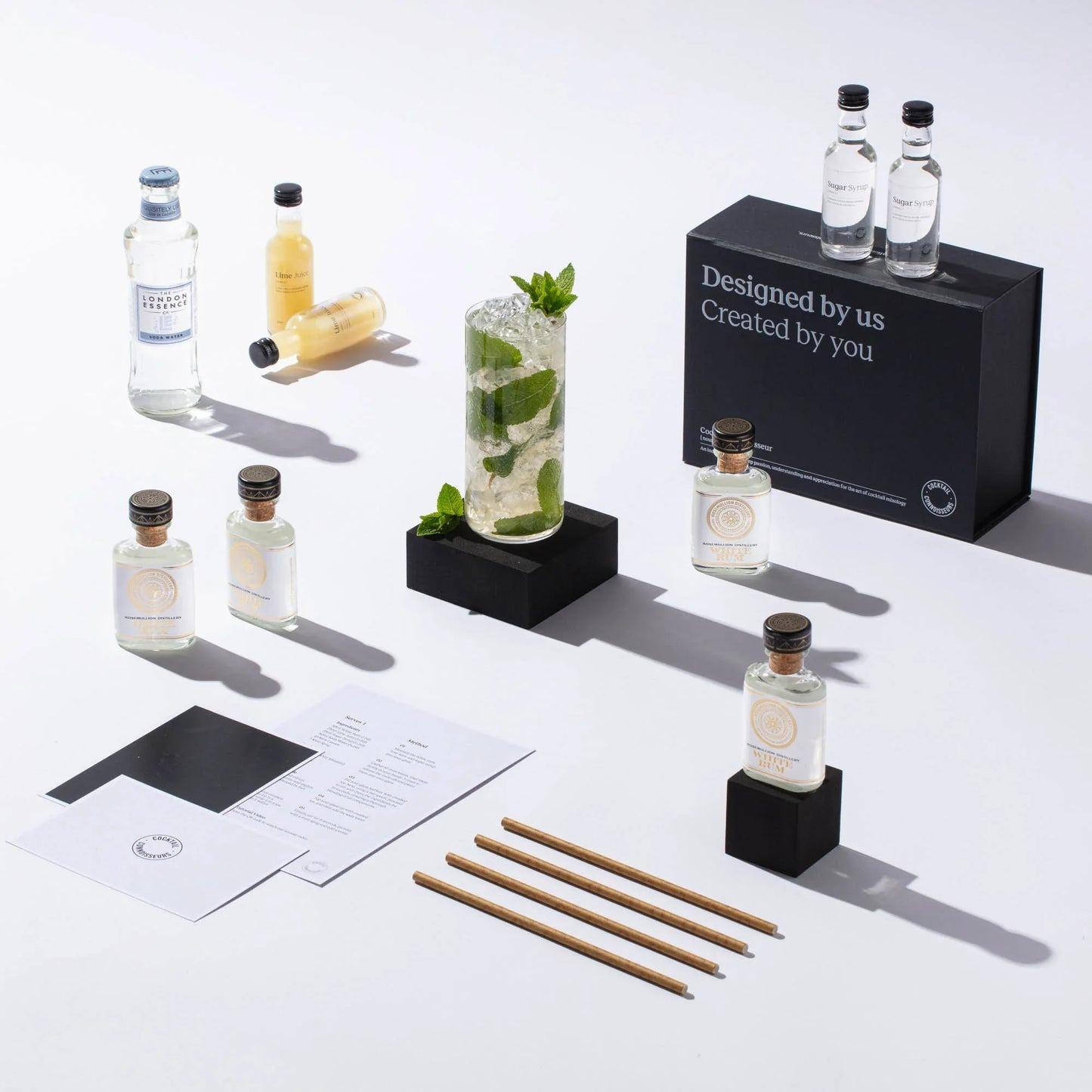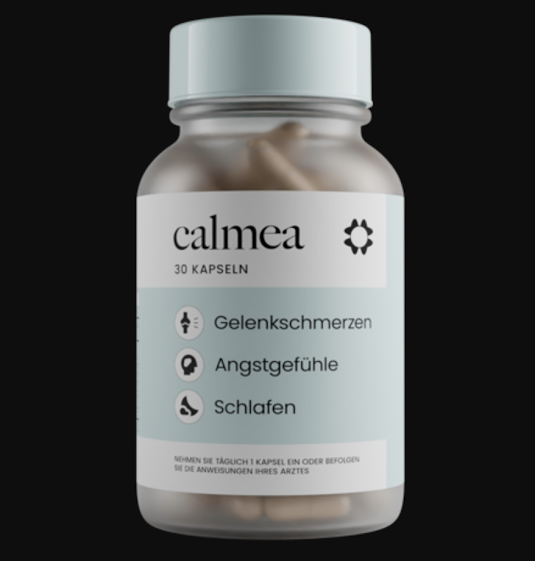Is Dark Chocolate Low FODMAP?

Dark chocolate is more than just a sweet treat—it’s often praised for its antioxidants, rich flavor, and potential health benefits. But if you’re following the Low FODMAP diet to manage symptoms of IBS or other digestive issues, you might be wondering: is dark chocolate low FODMAP?
The answer is not entirely straightforward. While dark chocolate can be suitable for some people on a Low FODMAP diet, there are important factors such as serving size, cocoa content, and added ingredients that determine whether it’s a friend or foe for your digestive health.
In this comprehensive guide, we’ll explore everything you need to know about dark chocolate and the Low FODMAP diet—so you can indulge smartly without triggering symptoms.
1. A Quick Recap: What Is the Low FODMAP Diet?
The Low FODMAP diet is a specialized eating plan designed to reduce certain types of carbohydrates that are poorly absorbed in the gut. These carbohydrates, known as FODMAPs (Fermentable Oligosaccharides, Disaccharides, Monosaccharides and Polyols), can cause bloating, gas, abdominal pain, and diarrhea in sensitive individuals.
The diet involves three main stages:
-
Elimination phase – Removing high FODMAP foods from your diet.
-
Reintroduction phase – Gradually reintroducing foods to identify triggers.
-
Maintenance phase – Following a personalized plan that avoids only the problem foods.
Chocolate, especially milk chocolate, often contains higher amounts of FODMAPs due to lactose and added sugars. However, dark chocolate has a different nutritional profile, which is why many people ask is dark chocolate low FODMAP.
2. Dark Chocolate vs. Milk Chocolate: The FODMAP Difference
Dark chocolate contains a higher percentage of cocoa solids and less milk, which means it typically has less lactose than milk chocolate. This makes it more likely to be tolerated by people following a Low FODMAP diet.
Key differences:
| Component | Milk Chocolate | Dark Chocolate |
|---|---|---|
| Cocoa solids | 20–40% | 50–90% |
| Milk solids | Higher | Low or none |
| Lactose content | Higher | Low |
| Sugar content | Moderate-high | Moderate |
Since lactose is one of the main high FODMAP culprits in chocolate, the lower lactose content in dark chocolate can make it a safer choice—provided the portion size is controlled.
3. The Role of Serving Size
Even though dark chocolate has less lactose, it’s not entirely free of FODMAPs. Cocoa contains compounds called polyols (specifically sorbitol) which can be problematic for some people in large amounts.
Research, including data from Monash University (pioneers in Low FODMAP research), suggests that:
-
A small serving of dark chocolate—around 20–30 grams (about 2–3 squares)—is generally considered Low FODMAP for most people.
-
Larger servings can tip into high FODMAP territory due to the concentration of sorbitol and other compounds.
So when deciding is dark chocolate low FODMAP, portion control is key.
4. Ingredients to Watch Out For
Not all dark chocolates are created equal. Even if the cocoa percentage is high, some brands add ingredients that can increase FODMAP content or trigger digestive symptoms.
Check labels for:
-
Milk solids or milk powder – Adds lactose.
-
High FODMAP sweeteners – Such as high fructose corn syrup or honey.
-
Sugar alcohols (polyols) – Sorbitol, maltitol, mannitol, and xylitol can cause bloating and diarrhea.
-
Added fiber – Chicory root, inulin, and other prebiotic fibers are high FODMAP.
Choosing a pure dark chocolate with minimal ingredients (ideally just cocoa mass, cocoa butter, and a small amount of sugar) will help keep it within Low FODMAP limits.
5. Health Benefits of Dark Chocolate
When eaten in moderation, dark chocolate isn’t just a treat—it can also offer real health perks:
-
Rich in antioxidants – Contains flavonoids that help protect cells from oxidative stress.
-
Heart health – May improve blood flow and reduce blood pressure.
-
Mood boost – Stimulates endorphin production and contains small amounts of serotonin precursors.
-
Minerals – A good source of iron, magnesium, and copper.
However, these benefits don’t mean you can eat unlimited amounts—especially if you’re sensitive to FODMAPs.
6. Tips for Eating Dark Chocolate on a Low FODMAP Diet
If you want to enjoy dark chocolate without upsetting your stomach, follow these practical tips:
-
Stick to a small portion – 20–30 grams per sitting.
-
Pair with low FODMAP foods – Like strawberries, raspberries, or lactose-free yogurt.
-
Choose high cocoa content – 70% or above for lower lactose.
-
Avoid high FODMAP additives – Especially sugar alcohols.
-
Space out servings – Instead of eating a large amount at once, enjoy smaller portions over the day.
7. Dark Chocolate Desserts That Can Stay Low FODMAP
Dark chocolate can be used to make delicious desserts that still fit into the Low FODMAP lifestyle:
-
Chocolate-dipped strawberries – Naturally sweet and low FODMAP in small portions.
-
Lactose-free chocolate mousse – Made with dark chocolate and lactose-free cream.
-
Baked bananas with dark chocolate drizzle – A warm, comforting dessert that’s gut-friendly.
-
Low FODMAP brownies – Using gluten-free flour and pure dark chocolate.
These options allow you to enjoy chocolate without crossing FODMAP limits.
8. Common Mistakes to Avoid
People often think “dark chocolate = safe” and end up making mistakes that trigger symptoms:
-
Oversized portions – Even low FODMAP foods can become high FODMAP in excess.
-
Ignoring hidden ingredients – Some brands sneak milk powder into “dark” chocolate.
-
Mixing with other high FODMAP foods – Like high-lactose ice cream or wheat-based desserts.
-
Eating on an empty stomach – Can sometimes cause stronger digestive reactions.
9. Final Verdict
So, is dark chocolate low FODMAP?
Yes—in small portions and when you choose the right type. Pure dark chocolate with minimal ingredients and a high cocoa content (70% or more) is generally safe for most people on the Low FODMAP diet. However, large servings or brands with high FODMAP additives can still trigger symptoms.
The key takeaway: Enjoy dark chocolate mindfully, in moderation, and pay close attention to your body’s response. This way, you can indulge in your favorite treat without compromising your digestive comfort.








